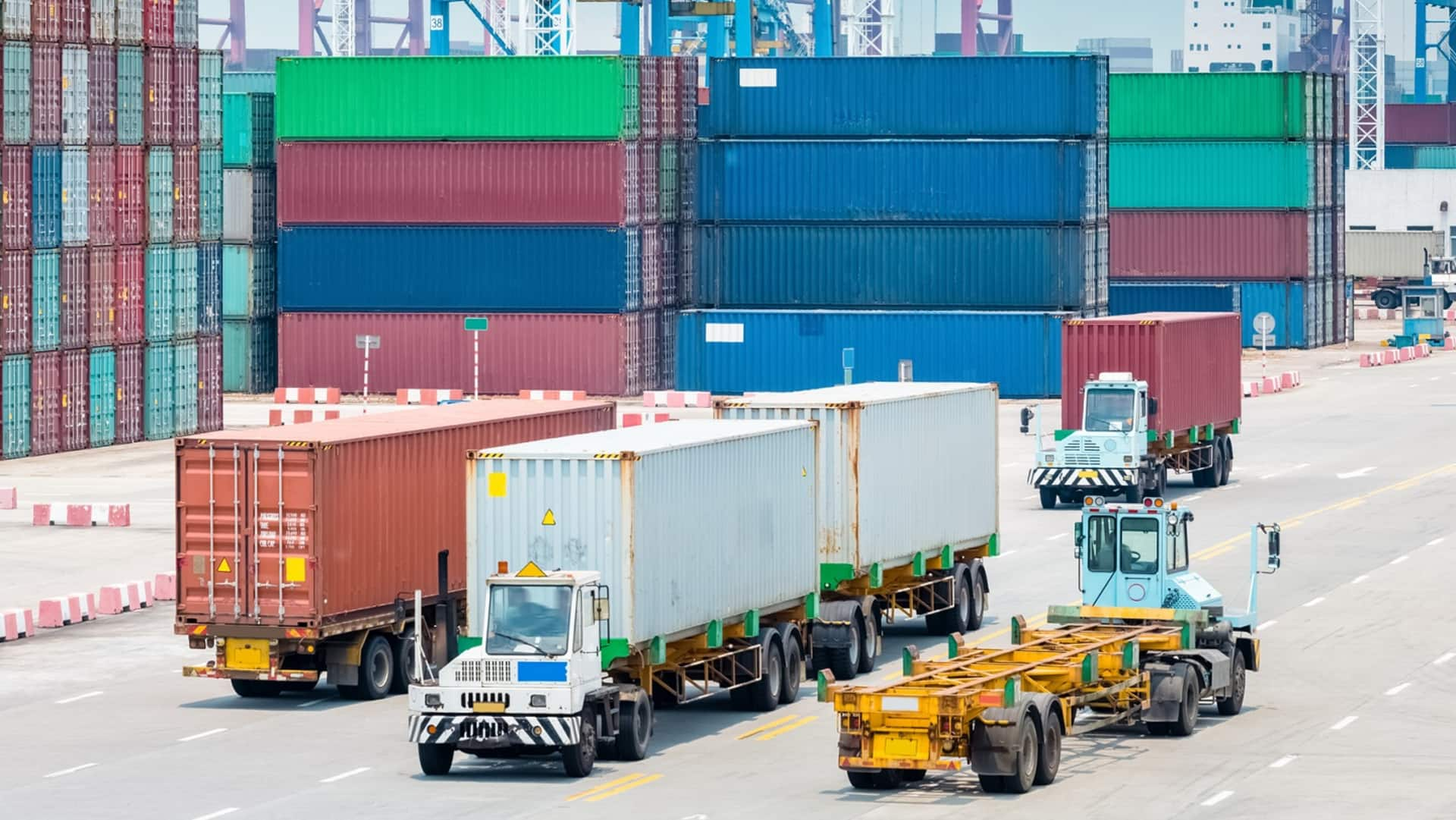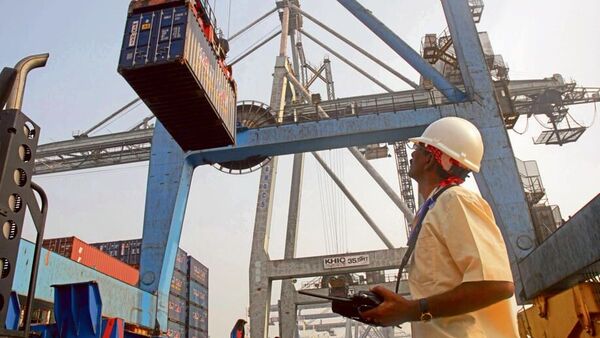India’s goods trade deficit widened sharply to $27 billion in October, reflecting a challenging economic environment. This marks a significant increase compared to the previous month, driven by a combination of rising import costs and sluggish export growth. The widening deficit underscores the strain on India’s external account, which is being influenced by global inflationary pressures and the ongoing volatility in commodity prices.

Source:- bbc news
Imports surged, particularly in the areas of crude oil, gold, and electronic components. Rising global oil prices, along with India’s growing energy needs, contributed to the spike in imports. Additionally, higher demand for gold, traditionally a favored asset in India, further pushed up import figures. Electronics and machinery also made up a significant portion of imports, driven by India’s expanding manufacturing and technology sectors.
Source:- news 18
On the export side, growth was subdued. While India continues to be a major exporter of pharmaceuticals, textiles, and agricultural products, these sectors have not been immune to the global economic slowdown. International demand for Indian goods has been weaker, particularly due to challenges in key markets like the US and Europe. The slowing global economy and supply chain disruptions have made it harder for Indian exporters to maintain robust growth rates.
The widening trade deficit puts pressure on India’s current account and could impact the country’s currency. To offset the growing deficit, India may look to increase its focus on boosting exports, particularly in high-value sectors such as information technology and services, while also finding ways to curb import growth, especially in non-essential goods.
In conclusion, the widening trade deficit highlights ongoing challenges in balancing India’s external trade and calls for focused measures to strengthen both exports and import management as the economy navigates global uncertainties.
Share your views in the comments

